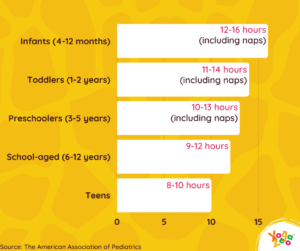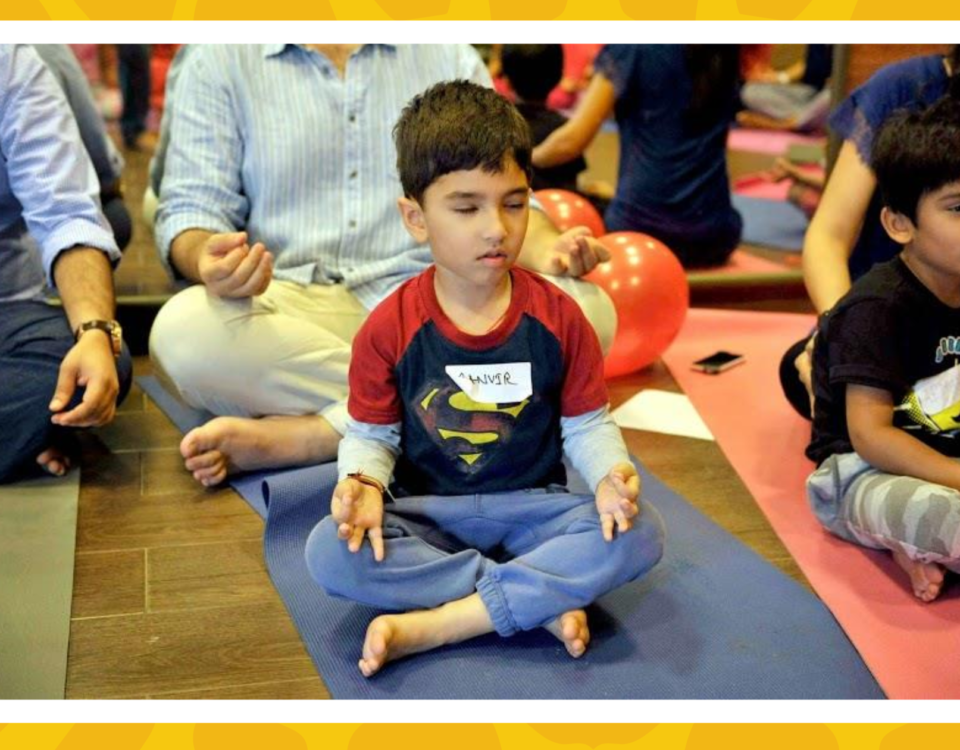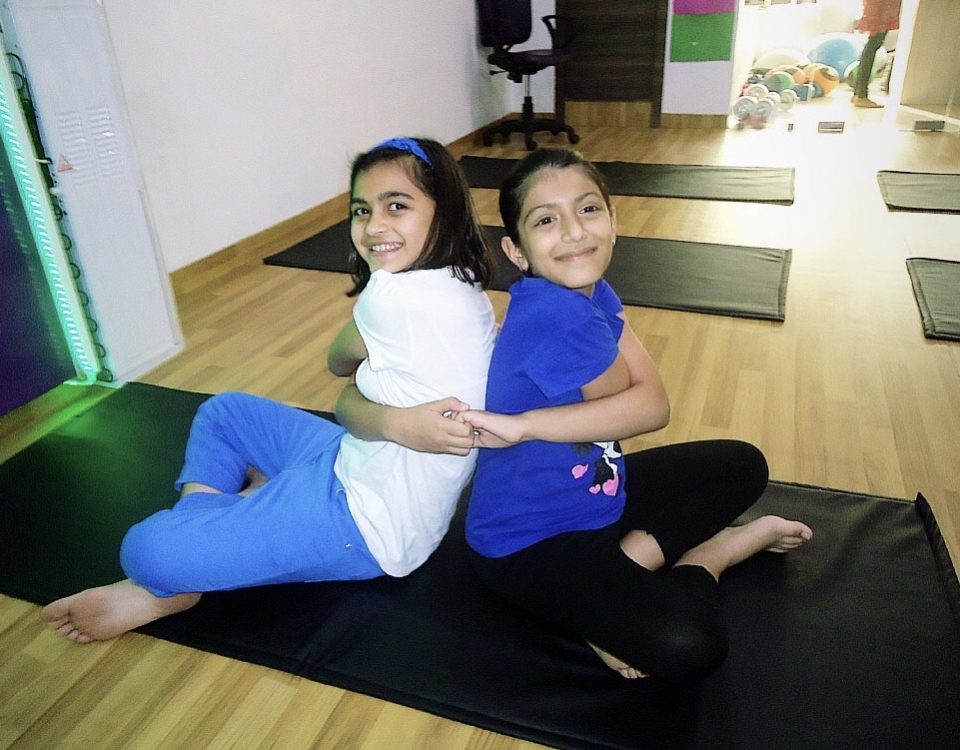How to Make Sure That Your Child Sleeps Well?

How to Ensure a Fun & Healthy Meal for Your Child?
January 22, 2021How to Make Sure That Your Child Sleeps Well?
Sleep. It’s funny how most children cry at the thought of sleeping, and grownups while having to wake up. Irrespective of the life stage, however, we require sufficient sleep for our bodies to function smoothly. That being said, this ‘sufficient sleep’ depends on age groups; children need longer hours of rest for proper growth and development.
Wonder how long should your child be sleeping?

Now, we know that it’s imperative to have a sleeping schedule for children, but the pandemic has left no stone unturned in disrupting our day-to-day routine, and among its other effects on children, their sleep pattern has gone for a toss.
How do we get our children back to following their routine? In this article, we’ve shared some tips to make sure that your little one gets the sleep that he/she needs.
It’s time to sleep! – Show it, don’t shout it
You don’t have to spell this out for your little one to know this! Guide them, through activities that precede sleep, including wearing pyjamas, brushing teeth, and reading bedtime stories. For children who can’t read, intrigue them with picture heavy and colourful books. You could also clean up the mess in the room or assemble their toys. Gradually, you’ll notice sleep become a conditioned response to this routine.
Bedtime = Bonding Time
It’s not uncommon for children to demand more attention before sleeping; as parents, we must spend this time of the day bonding with our little ones to the fullest. Discuss the day’s happenings, understand what they are looking forward to tomorrow, and share your experiences with them. As for the tiny tots who can’t frame words, look into their eyes and say soothing words or sing, remember, they can’t speak but they can hear you.
No Screen Policy
As much as we like the convenience of virtual, the light from screens fools our brain into thinking its daytime. As a result, our body stops releasing melatonin, a sleep hormone that starts functioning a few hours before bedtime only to help us wind down and doze off. While darkness triggers the release of this hormone, the sharp blue light from screens delays it.
Breathe Better
Breathing exercises are crucial to a good night’s sleep; just two-three minutes of deep and mindful breathing is also enough. For little children who don’t follow deep breathing, you could place a stuffed toy on their tummy and ask them to watch it rise and fall.
Bedtime Yoga
What better way to end your day than a peaceful and fun yoga session? Cortisol is a stress hormone released in our body; when high, it doesn’t allow children to sleep easily. Yoga, as a pre-bedtime activity, controls these hormones and makes it easier for them to sleep.
The following are a few poses for your little one to get ready for bed:
- Wind-Relieving Pose – Pavanamuktasana
- Happy Baby Pose – Ananda Balasana
- Triangle Pose – Utthita Trikonasana
- Plank – Kumbhakasana
- Child Pose – Shashankasana

To sum up, you need not follow these tips word for word but instead use them to create a routine tailored to the preferences of your little one. Up to the age of four, our children need our constant support and guidance for sleeping; we must teach them how to sleep correctly by inculcating a routine and leading by example.




